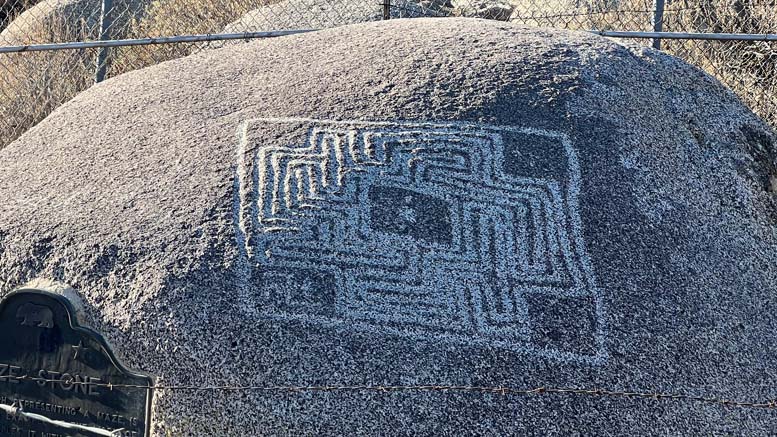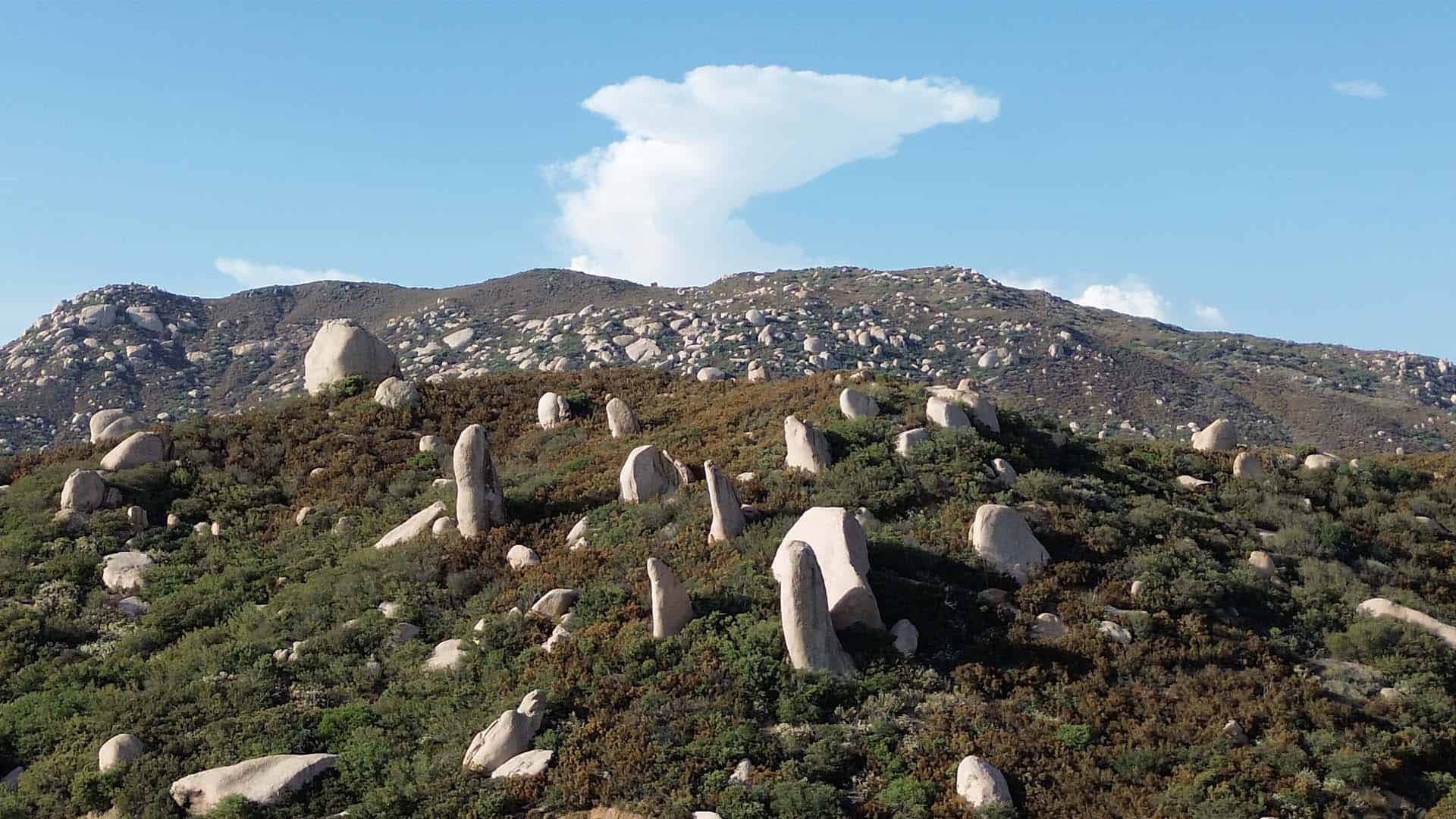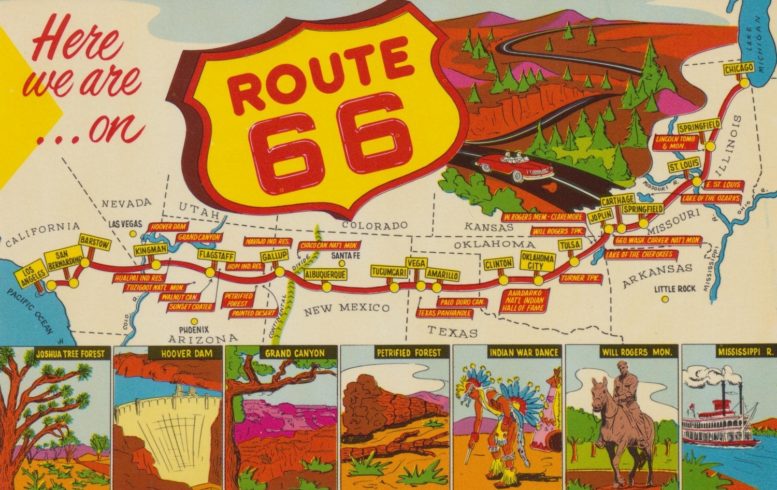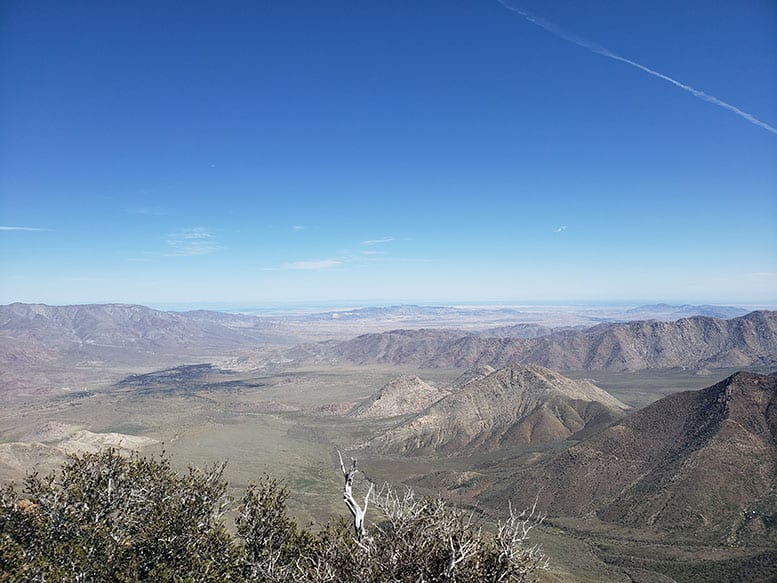Just outside of the town of Hemet, California, there is a boulder with an ancient petroglyph on it that has baffled historians for more than a century. Known as the Hemet Maze Stone, researchers aren’t sure who created the mysterious symbol on the rock. Theories have included everything from ancient Chinese mariners who got lost at sea to alien visitors from another planet.
What is the Hemet Maze Stone?
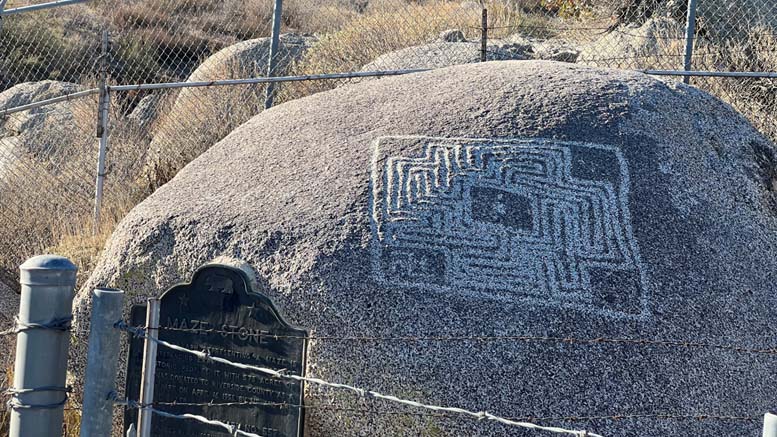
The Hemet Maze Stone is a 46-inch square petroglyph carved into a boulder in Reinhardt Canyon west of Hemet. The petroglyph’s design is that of a maze formed out of interlocking swastikas surrounded by a box.
There is also a separate swastika in the lower-left corner of the maze, but vandals added that sometime after the 1930s.
The Hemet Maze Stone is probably best known for the mystery surrounding its origin.
History of the Hemet Maze Stone
The Hemet Maze Stone was rediscovered in 1914 when a rancher named Meyers was hauling wood in the area and came across it. He told his neighbors about the stone he found, and eventually, the Hemet and Perris women’s clubs induced archeologists to come and examine it in hopes of solving the mystery. The experts themselves were baffled.
By the 1920s, the Maze Stone became somewhat of a tourist attraction in the area. A dirt road traveled the three miles from the main boulevard to the Maze Stones, with signs provided by the Automobile Club of Southern California.
In 1956 the then-current owners of the site where the Maze Stone is located, Mr. and Mrs. Rodger E. Miller, gave the Maze Stone and over five acres of land surrounding the stone to the County of Riverside, provided they would turn it into a park.
In August 1956, the California Park Commission accepted the Hemet Maze Stone as California Historical Landmark No.557. It was formally dedicated on February 9, 1957.
Origins of the Hemet Maze Stone
Theories on who actually created the Hemet Maze Stone are varied and range from the likely to the outlandish. Since the true origin of the petroglyph is still unknown, however, there is a chance even the craziest theory could be true, I guess.
Artifacts that have been found near the Hemet Maze Stone have been dated to at least 500 years ago, but carving on the stone itself could be much older.
Here are a few of the theories on who created the Hemet Maze Stone.
Native Americans
The most likely source of the Maze Stone’s petroglyph is Native Americans. The design of the Maze Stone resembles a swastika, which is a symbol that was used in Native American art for over 1000 years. Similar rock art has been found elsewhere in Riverside and San Diego counties and is known as the Rancho Bernardo style.
The Rancho Bernardo style is known for having numerous rectilinear shapes made of parallel lines that come together at right angles. Archaeologists have not been able to connect the maze style to any particular indigenous culture yet, though some connection to the Kumeyaay people is a leading theory right now.
Ancient Chinese
As far back as the 1920s, there was speculation that the source of the art on the Hemet Maze Stone was sailors or monks from China who visited the Americas before the time of Columbus. The main reasoning for the theory is the swastika-like image of the Maze Stone, with swastikas being common in Buddhist imagery.
While there has been some debate on if the Chinese could have reached the Americas before Columbus, there is no evidence to support that it ever happened.
Cascadians
What are Cascadians, you ask? Well, in the early 1900s, there was a man named Captain Alan LeBaron who explored the southwest. In 1912, he found what he believed were ancient Egyptian hieroglyphs in Nevada. This led him to a theory that civilization started in Nevada as a people known as the Cascadians and spread out from there to populate the world.
LeBaron convinced the Hearst Newspaper’s Examiner Foundation to fund his expeditions, so his search for evidence of the Cascadians got a lot of press. He “discovered” things to support his theory, such as Chinese writing in a cave, a skull from a man he claimed was seven feet tall, and tombs in Nevada.
In the 1920s, he claimed the Hemet Maze Stone was at least 15,000 years old and further proof of the Cascadians.
Aliens
Some have speculated that visitors from another world created the Hemet Maze Stone, because why not. I would think that if aliens had the technology to cross the stars, they’d do more than carve a design into a rock, but who are we to know the minds of aliens, I guess.
Whatever the origin of the Hemet Maze Stone might be, it’s still amazing to stand there and look at it and wonder about its creation and creator.
Getting to the Hemet Maze Stone
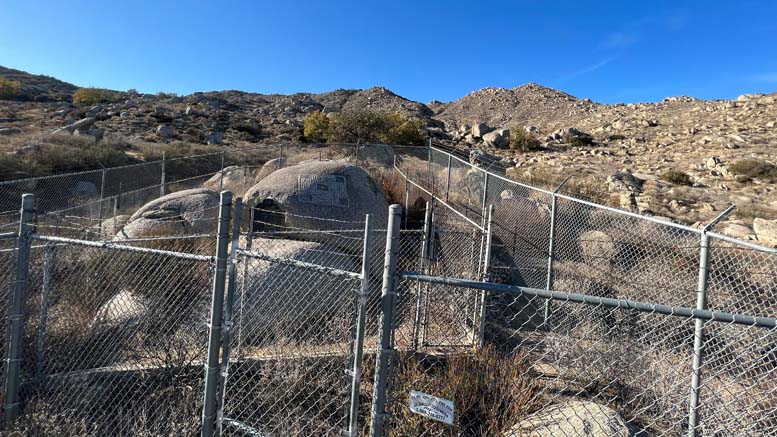
While you used to be able to drive right up to the Hemet Maze Stone, visiting it now requires a short 0.6-mile hike from the parking area.
To get to the Hemet Maze Stone, you take California State Route 74 to California Avenue, then drive down California Avenue for 3 miles until the road ends at a gate. You can park near the gate to begin the hike to the Maze Stone.
The trail follows the former road up to where the Hemet Maze Stone is located. The road is somewhat steep, gaining about 100 feet of elevation over the half-mile hike.
Eventually, a small path off the road on the right leads to the stone. A chain-link fence surrounds the Hemet Maze Stone in order to protect it. There is a historical marker at the stone as well. It takes about 15 minutes to do the hike.
The Hemet Maze Stone is open year-round, and there is no admission fee or parking charge.

